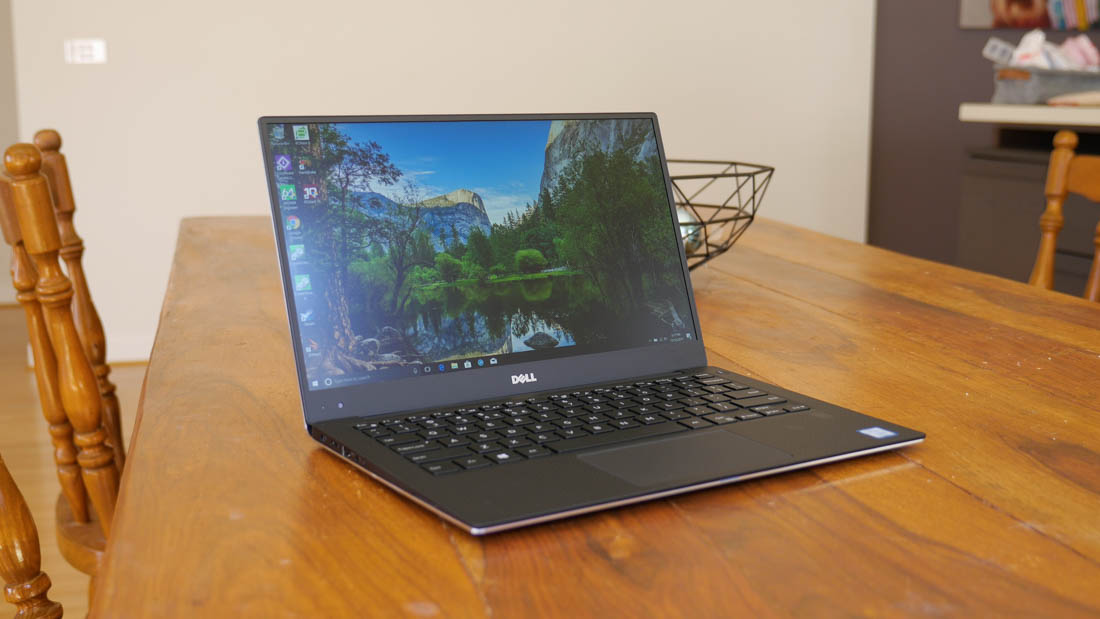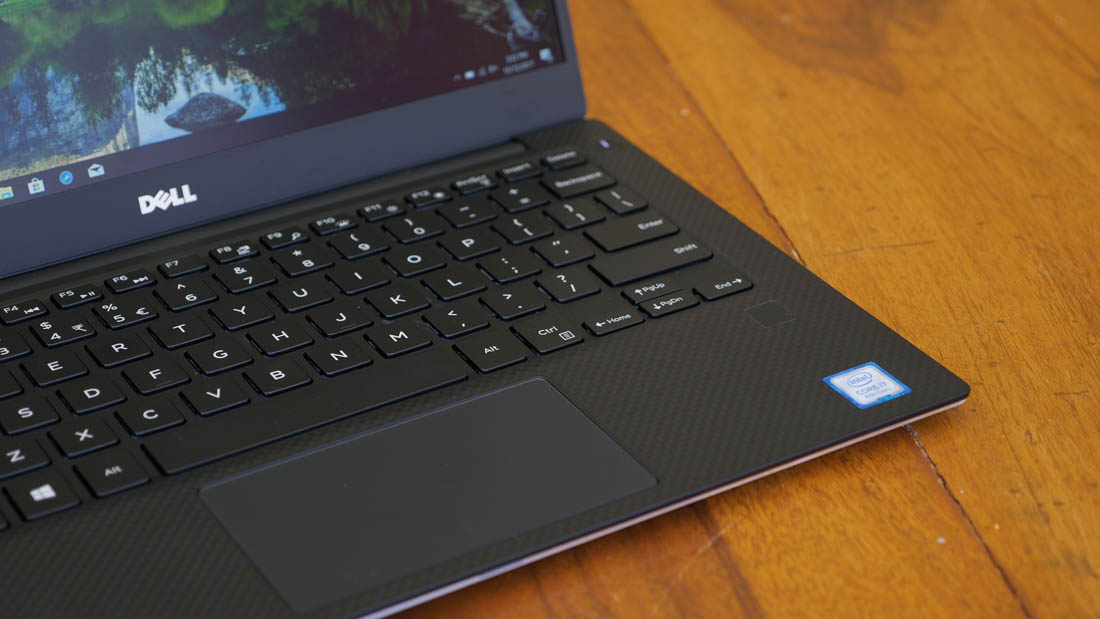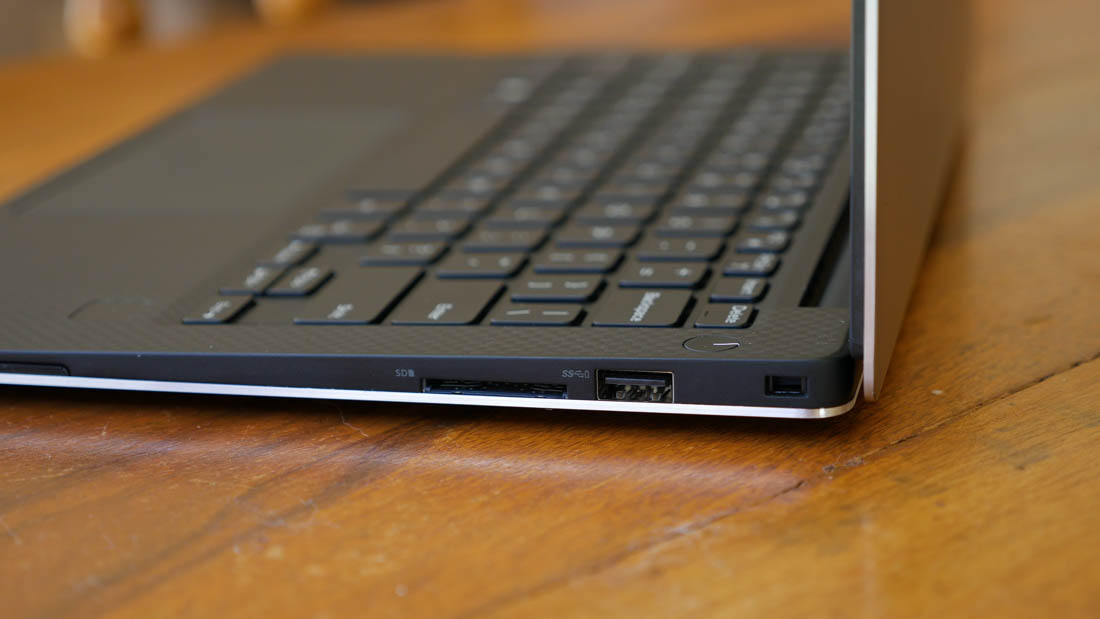Today we’re taking a have a look at the cutting-edge Dell XPS 13 9560. You may not be able to tell from the out of doors, however the ultra-modern XPS 13 has obtained a unmarried vital update in comparison to the version that released towards the cease of 2016: the move to Intel's 8th-gen Kaby Lake-R processors.
Even though it’s a simple CPU swap, it is a huge upgrade for the XPS thirteen considering the performance difference between the twin-center Kaby used formerly, and the new quad-middle parts. Initial checking out we performed some months ago showed overall performance gains nearing 50%, however of path, we’ll discover more of that later.

- HP Envy 14 Notebook Review
- MSI GX60 Gaming Notebook Review
- Lenovo Yoga 11S Ultrabook Review
- HP ProBook 6360b Notebook Review
To start with I wanted to talk about the design of the XPS 13, which has changed very little in nearly three years because the first Broadwell model released. We've visible a few minor additions, like the fingerprint sensor for Windows Hello and a USB-C port, however the fundamentals with its extremely-narrow bezels have remained lots the identical.
Some critiques floating round endorse the design of the XPS thirteen is a bit stale and wishes to be updated to stay relevant up against other current ultraportables. While I agree the design is a chunk stale, I don’t assume it wishes to be updated.

When the XPS 13 released in early 2015, the design was a ways in advance of the competition, delivering a big display in a smaller chassis. A couple of years later and the XPS thirteen layout isn’t the standout it once was, having competition lifting their recreation, but it’s nonetheless quite accurate and holds its personal in opposition to different producer's offerings. In truth, we’re still not on the point where all other laptops are maximizing screen actual estate and minimizing bezels, even though we’re slowly getting there.
If you haven’t visible an XPS thirteen before, the construct makes use of aluminium at the lid and underside, plus soft touch carbon fiber across the keyboard and trackpad. The -tone design appears fantastic, and it feels excellent to hold while close thanks to the matte metal end. The keyboard palm relaxation does gather fingerprints instead without problems, although it too feels awesome whilst typing.

Dell isn’t tremendous worried with making the slimmest or lightest computer, that is why the XPS thirteen sits at up to 15mm thick, and 1.3 kg (2.8 lbs) for the touchscreen model. This is a good choice anyway, as it permits them to cram in a massive 60 Wh battery and keep the overall footprint small. The XPS thirteen remains one of the smallest 13-inch notebooks you can purchase.
The slim bezel revel in with the XPS thirteen is fantastic, even though you'll need to live with a few change-offs just like the less-than-best webcam placement. You’ll additionally ought to select between the 1080p non-contact and QHD+ touchscreen display alternatives, which can be the same as in advance models: the higher-decision display comes with a battery existence hit, although it’s a honest bit sharper.

The keyboard and trackpad stay unchanged, both of which give a decent experience. Some of the modifier keys are a touch smaller than different keyboards, even though this doesn’t harm usability, and the texture to every key is reasonably common in recent times for a pc. The trackpad is incredible, and also you won’t have any issues using it.
The I/O is also unchanged. Two USB three.zero ports on both facet, a Thunderbolt 3 port with simply two PCIe lanes, a 3.5mm headphone jack and an SD card slot. Unfortunately the XPS thirteen still charges the usage of a proprietary connector in place of USB-C; I’d instead see a further USB-C port delivered to the tool for charging, that could double as reachable connectivity.

My Laptopunit came with a thirteen.three-inch 1080p IPS LCD, that is the base choice. I choose this over the QHD+ model despite the fact that the better-res version comes with a touchscreen, broadly speaking due to the fact 1080p is perfectly pleasant for a 13.three-inch show and you can eek out greater battery life at a lower decision.
Brightness from this show is super, exceeding 450 nits at top whilst viewing an all-white display. Viewing angles also are very good, and the usage of a matte finish in place of gloss facilitates to reduce reflections and enhance visibility.
While the show does appearance pretty proper from a casual standpoint, it’s not the nice for creative specialists that demand shade accuracy. The XPS 13 implements dynamic assessment, which adjusts brightness and other display parameters at the fly in an try and ‘enhance’ the experience. As a long way as I can inform, it's miles impossible to disable this setting, which leads to bad colour overall performance.

The display is tinted blue, with a mean temperature around 7100K, and greyscale performance is vulnerable. But it gets worse whilst searching at saturation and ColorChecker outcomes, which push beyond a deltaE average of 8.zero. This is very faulty and absolutely improper for those who need to create correct photographs or even view things as it should be.
With that stated, it’s tough to correctly measure the overall performance of a display that dynamically adjusts, because the composition of an image can impact how each character colour is displayed. For my assessments, I measured consistent-nation coloration performance with solid colorations, even though in exercise, performance can be higher, or it may be worse. Who certainly knows?
If Dell desired to improve how this show plays, they need to encompass a way to disable dynamic evaluation. The desirable news is the function in all fairness subtle, so it’s tough to spot the adjustments going on in actual time, although specialists will want to avoid this panel.
0 Response to "Dell XPS 13 Review"
Post a Comment